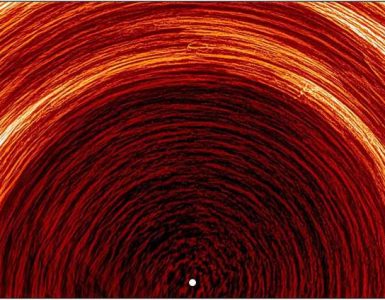Word flashed around the world that Chinese astronomers had detected a radio signal that had the characteristics of being from an extraterrestrial civilization — namely, it had a very narrow bandwidth at a frequency of 140.604 MHz, a precision nature doesn’t usually achieve on its own.
They made the detection using a giant new telescope called the Five-hundred-meter Aperture Spherical radio Telescope, or FAST. The telescope was pointed in the direction of an exoplanet named Kepler 438 b, a rocky planet about 1.5 times the size of Earth that orbits in the so-called habitable zone of Kepler 438, a red dwarf star hundreds of light years from here, in the constellation Lyra. It has an estimated surface temperature of 37 degrees Fahrenheit, making it a candidate to harbor life.
Just as quickly, however, an article in the state-run newspaper “Science and Technology Daily” reporting the discovery vanished. And Chinese astronomers were pouring cold water on the result.
Zhang Tong-jie, the chief scientist of China ET Civilization Research Group, was quoted by Andrew Jones, a journalist who tracks Chinese space and astronomy developments, as saying, “The possibility that the suspicious signal is some kind of radio interference is also very high, and it needs to be further confirmed or ruled out. This may be a long process.”
Read more at The New York Times





